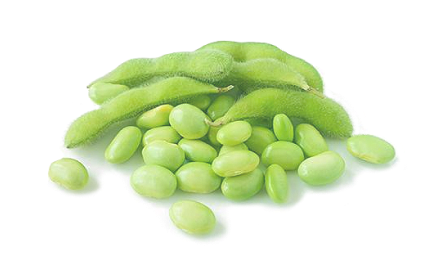Why a UK Soy Manifesto
Time is running out to halt the devastating impacts of human activities on our planet.
The 2021 Report from the Intergovernmental Panel on Climate Change (IPCC) is clear: "global warming of 1.5°C and 2°C will be exceeded during the 21st century unless deep reductions in carbon dioxide (CO2) and other greenhouse gas emissions occur in the coming decades."
Deforestation and land use change driven by agricultural expansion account for 23% of the world’s greenhouse gas emissions, and commodities such as soy, alongside beef, palm oil and timber, are key global drivers.
Protecting forests is also critical to halt the loss of global biodiversity and to protect the rights and livelihoods of indigenous communities and forest peoples.
